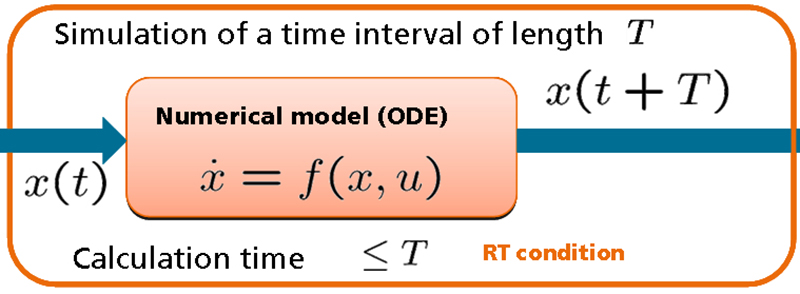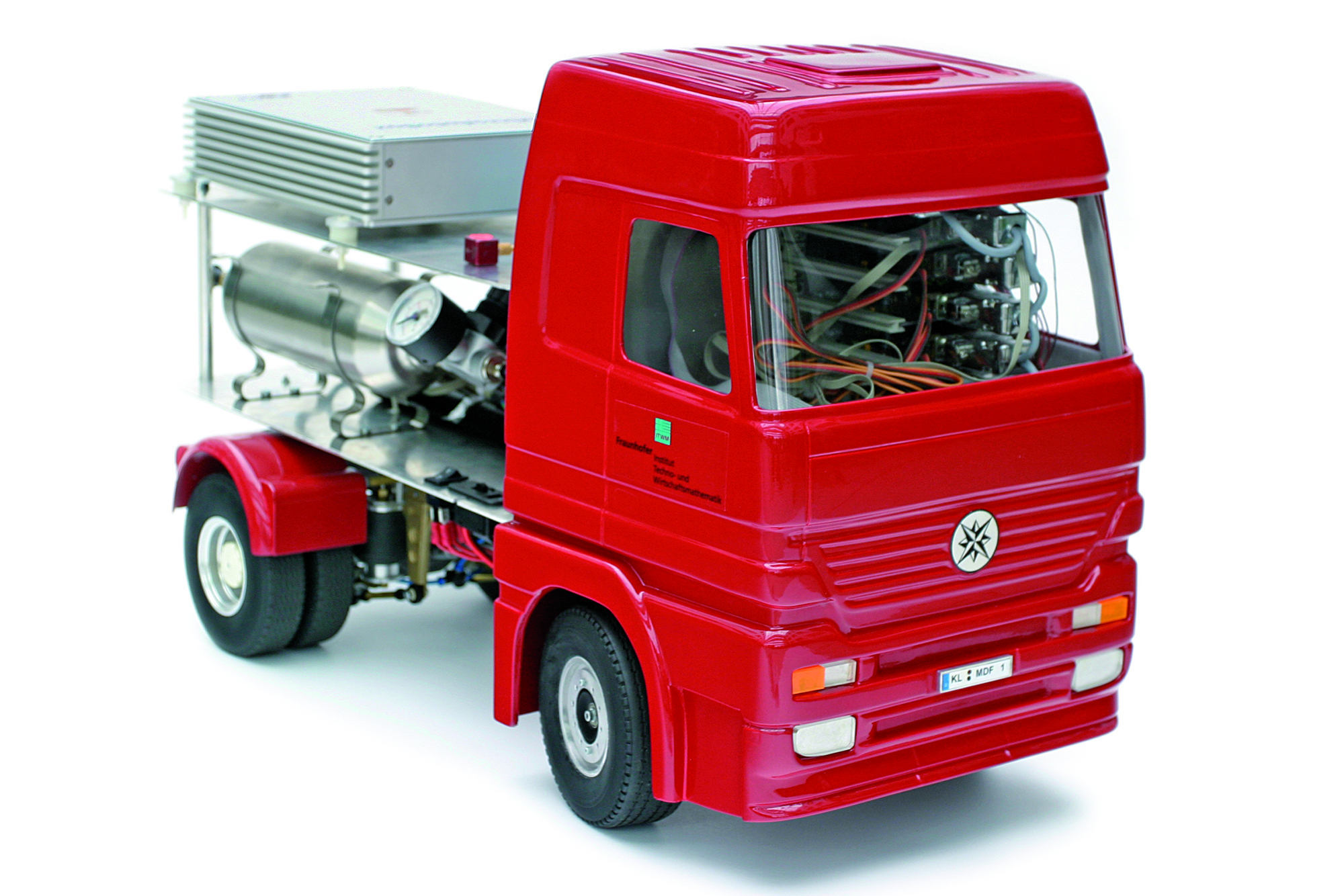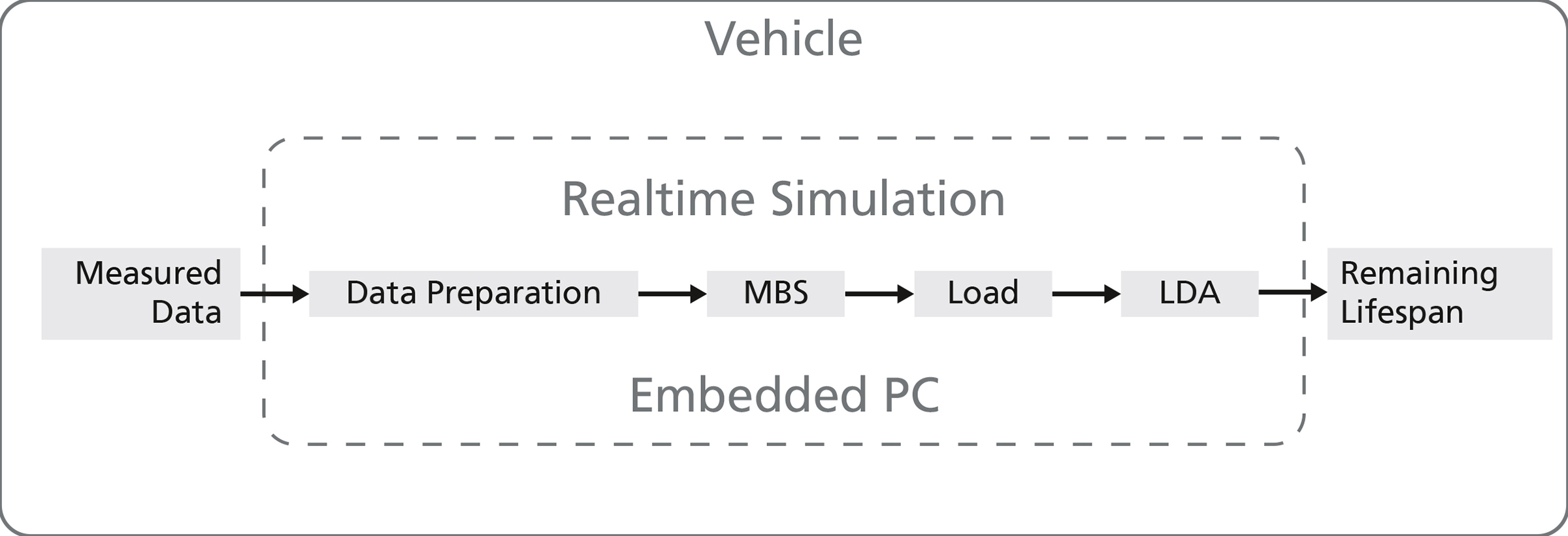Real-Time Simulation
The real-time simulation of mechatronic systems in the automotive development phase is becoming even more important just as it is also in demand in vehicle operations where the use of virtual observers and assistance systems is becoming more common.
In all real-time applications, the interplay of modeling, model complexity, and numerics is of great significance. In addition to standard applications like the real-time simulation of HIL/SIL tests, we are also working on the problems encountered in real-time capable simulation processes. Our special focus is on the analysis and evaluation of co-simulation and real-time capable integration methods. Depending on the application, we use standard prototyping environments as well as real-time models implemented directly on micro controller boards as simulation platforms.
In addition to the numeric and process engineering analysis of real-time processes, real-time simulation is also applied in diverse application areas, to include in the vicinity of the Human-in-the-Loop driving simulator installed at ITWM. The demands placed on a vehicle are strongly influenced by the driver's behavior; the reactions of the driver, in turn, depend on the actual system behavior. To realistically implement this in its entirety in a simulator requires that vehicle dynamics and the interactions of the vehicle with its environment be simulated in real-time. Real-time capable physical tire models and efficient surface and interplay simulation are therefore also major research topics at our institute.



